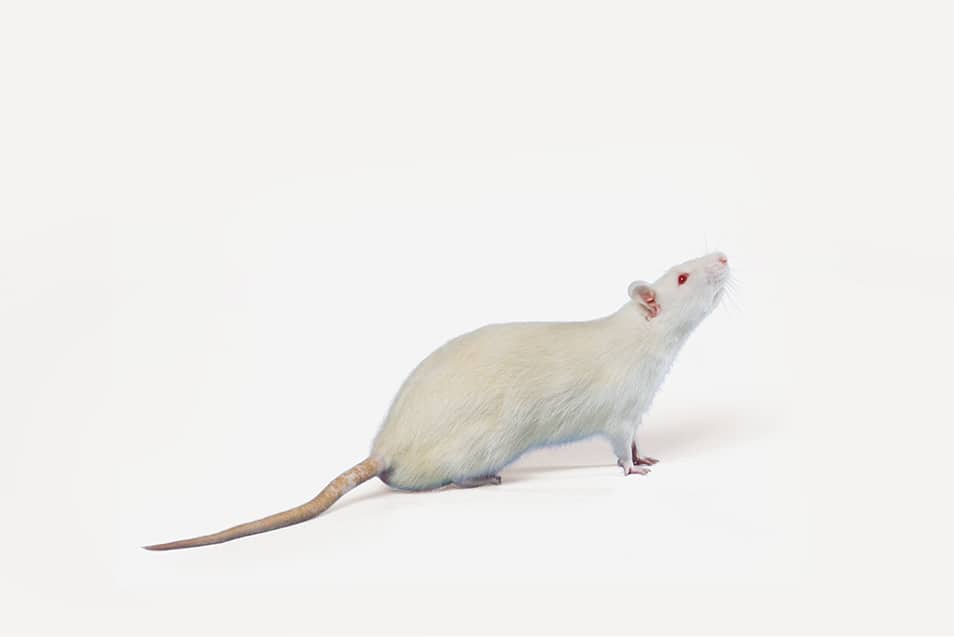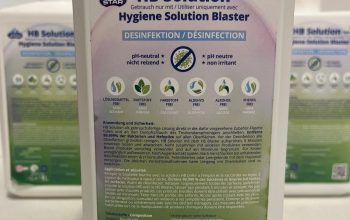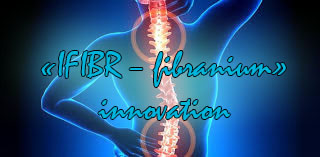
MD Professor, Academician Arman. Lawson. Cardiologist, PhD in medicine, D.Sc in Neurosciences
Pediatric State Medical Academy, Russian Federation Ministry of Health, St. Petersburg, Russia (Departement of cardiology).
- N. Kaution
* Sechenov Institute of Evolutionary Physiology and Biochemistry, Russian Academy of Sciences, St. Petersburg, Russia
Received -2003
Abstract-In experiments on rats of the Wistar line and on spontaneously hypertensive animals of the SHR line, a complex study was performed of rheological (deformability and aggregation properties) and hematological parameters of erythrocytes at the single (40 min) and multiple (20–30 min for 7 and 14 days) exercise load (a forced tredmill running at a rate of 14 m/min). It has been shown that rats of both lines respond to the single, sufficiently light exercise load by a manifestation of stress reaction. After the repeated exercise load, all stress induced changes were leveled and replaced by adaptation to this action in Wistar rats, but not in the SHR line rats. The hypertensive rats were characterized by a greater fatigue and refusal of the tredmill running; therefore, this load to them had to be shortened to 20 min. For the 1st week of running, no statistically significant differences in the studied parameters were found between rats of the Wistar and SHR lines; however, by the 14th day of training, substantial differences between these lines were noticed: the Wistar rats were easily adapted to the tredmill running, whereas the SHR animals completely refused to run. At the single running, the stress polycythemia, an increased hematocrit, a decreased hemoglobin concentration per erythrocyte, an increased plasma corticosterone level, and changes of blood rheological characteristics were shown, the erythrocyte deform ability and the spontaneous aggregation rate under the stress conditions being in the direct positive correlational dependence that was absent in control. The Wistar rat training to the exercise load for 14 days led to normalization of the parameters, which indicates a favorable effect of trainings on the animal health state.



